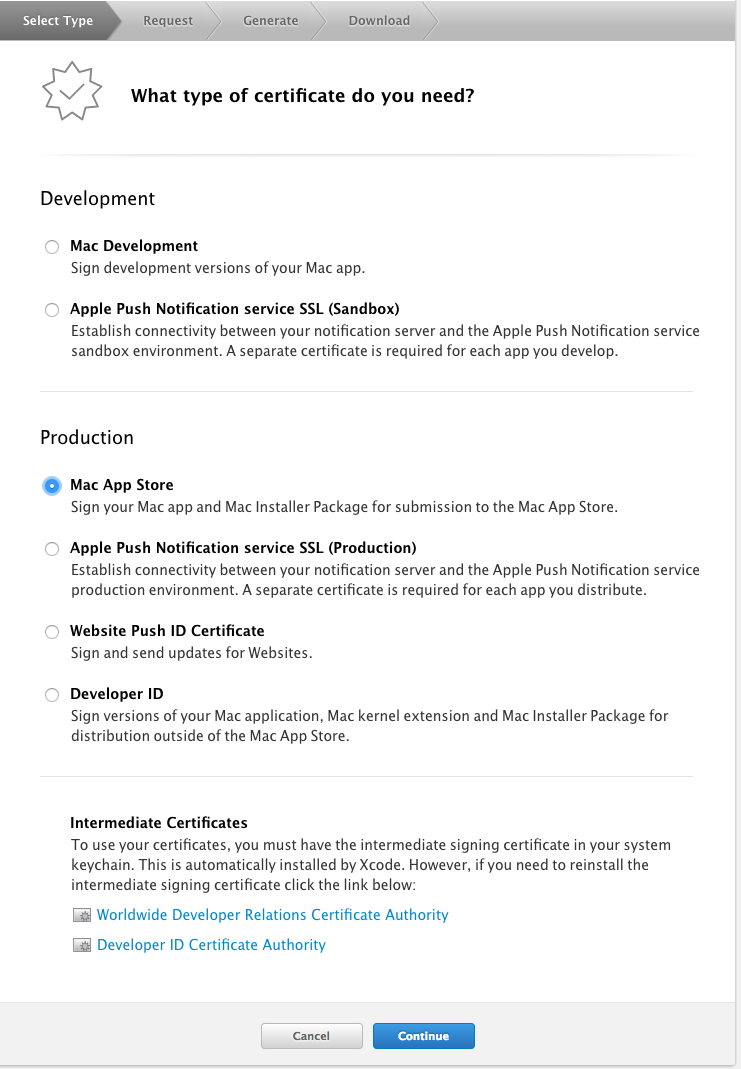- Packaging A Java App For Distribution On A Mac Computer
- Packaging A Java App For Distribution On A Mac Computer
- Packaging A Java App For Distribution On A Mac Download
- Packaging A Java App For Distribution On A Mac Pdf
- Packaging A Java App For Distribution On A Mac Laptop
Packaging A Java App For Distribution On A Mac Computer
Are you serious? Easy deployment is the primary thing to LIKE about Java, much more so than the actual language.In the Java world, your application dependencies are managed at the (gasp!) application level. You run Maven, Gradle, or whatever... and get a self-contained web archive (i.e. WAR file), with all of the application dependencies bundled. It's just a plain ZIP file, with a standard directory layout.
Create your first Java application. In this tutorial, you will learn how to create, run, and package a simple Java application that prints Hello, World! To the system output. Along the way, you will get familiar with IntelliJ IDEA features for boosting your productivity as a.


With a light app server such as Tomcat or Jetty, you literally just drop that file into a particular directory, and it's deployed! You just delete the file (and any contents that the app server unzipped), and it's undeployed!

Packaging A Java App For Distribution On A Mac Computer
If it's a console or GUI application rather than a web app, then you just create a JAR file in similar fashion. Maven has its 'shade' plugin, and all of the other build systems have similar counterparts... which will bundle up all of the application's dependencies into the JAR file as well. You then ship that monolithic JAR file anywhere, just as you would a '.exe' file. Assuming that you declared a main class when you built the JAR, you can execute it on any system by typing 'java -jar file_name.jar'... or by simply double-clicking it in a desktop environment.
Packaging A Java App For Distribution On A Mac Download
Whenever I've dabbled with Python, Ruby, or NodeJS... I've been STUNNED to learn that they follow the ancient Perl convention, of managing application dependencies at the global interpreter level. If I want to write two applications with conflicting sets of dependencies, then I have use a tool such as 'virtualenv' (or its Ruby equivalent), to trick my environment into thinking that it's running in a completely different interpreter. NodeJS is somewhat more sane, in that 'npm' supports local and global dependencies... but you still have to ensure that you haven't installed a dependency in the wrong place, and that your target machine will have what you need in the correct place.
Packaging A Java App For Distribution On A Mac Pdf
The current state of distribution and deployment for 'dynamic' languages is so insane, that people are actually excited about the idea of shipping an ENTIRE CHROOT JAIL as a deployment unit (i.e. Docker). People are using that in production environments, even though the Docker devs themselves tell you that it's not ready for that yet, because in half-baked form it's still better than the traditional options.
Packaging A Java App For Distribution On A Mac Laptop
Java has many drawbacks, but distribution and deployment are NOT among them. Most of the people who upvoted this probably just reject Java as old and stuffy, and have not actually done significant work with it. If they had, then there might be at least one comment on this thread pointing out that Packr is a clone of Launch4j (http://launch4j.sourceforge.net)... which has been around for almost a decade now.